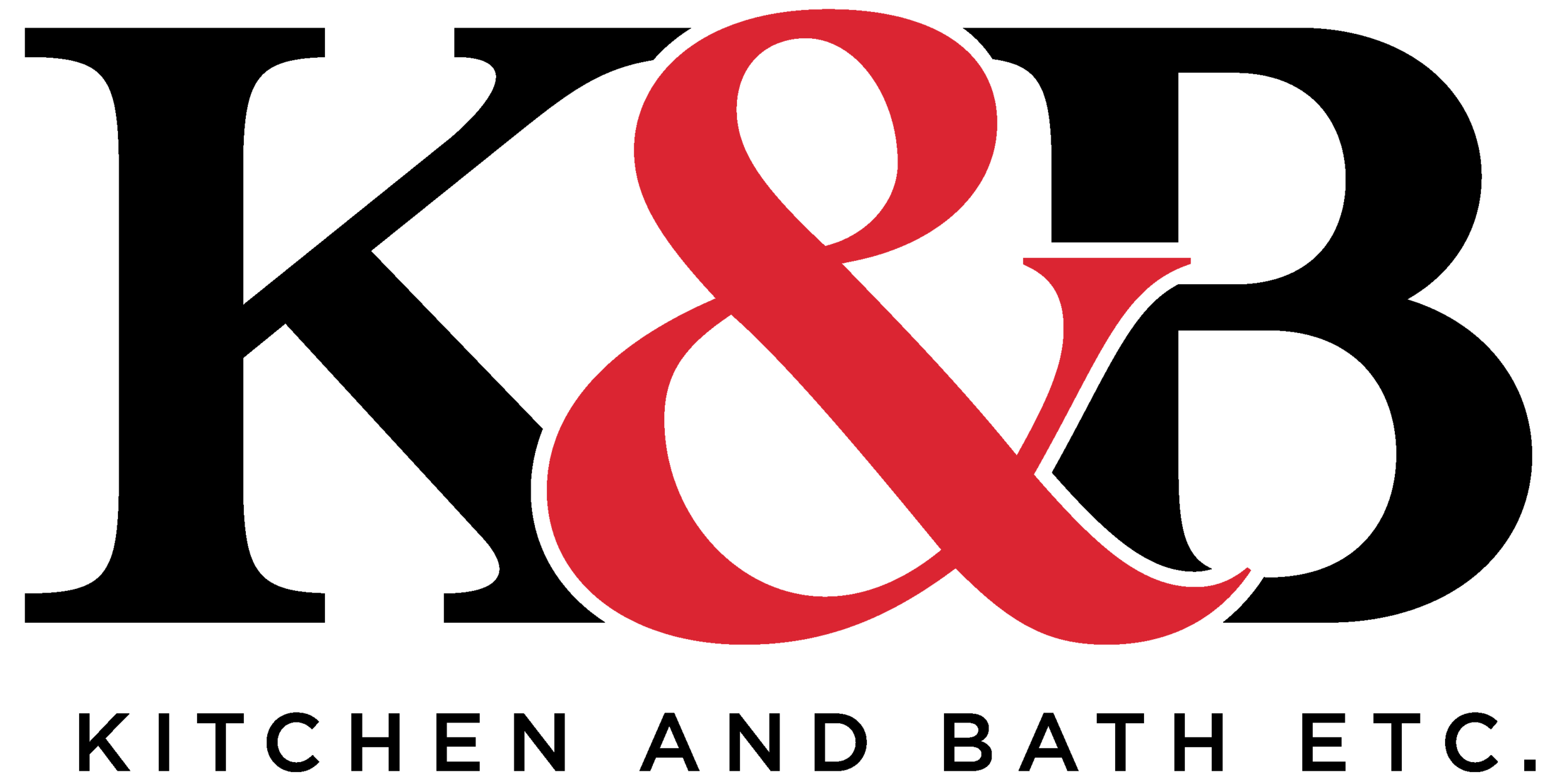Choosing the Right Range Hood for Your New Kitchen
When renovating your kitchen or building a new one, selecting the right range hood is an important decision that should not be treated like an afterthought. Range hoods serve two vital roles: functional and aesthetic. Some homeowners capitalize on the opportunity to use the range hood as a focal point in their dream kitchen and have it reflect their style. Others like their range hoods to be barely there. The advantage homeowners have is that their options are virtually limitless.
Functional Considerations
The main functions of a range hood are to improve air quality, remove odors from your kitchen, and prevent grease and dirt build-up from penetrating walls, fabrics, artwork, upholstery, and other surfaces in the kitchen and adjoining rooms. That’s why selecting the correct size hood with the proper strength is essential to provide the functionality that homeowners expect and deserve.
The power of a cooktop or range influences the size and strength of a range hood. Most cooktop manufacturers will specify the power needed; however, we often recommend a hood with excess capacity, mainly if the range or cooktop includes an indoor grilling function or if we have a homeowner who entertains regularly or is an avid home chef.
Hood size depends on the size of the cooktop surface and the type of fuel used for cooking. For gas ranges, we specify hoods that extend at least three inches past the edge of the range on each side. For electric and induction cooktops or ranges, there is no need to specify a hood that is longer than the width of the cooking surface.
The power of the range hood is also influenced by the cooktop’s power and the amount and cooking a homeowner performs. A rule of thumb is to select a hood that can remove one cubic foot per minute (CFM) of air for every 100 BTUs of energy the cooktop produces. Again, range and cooktop manufacturers offer recommended power specifics for their appliances. A more powerful hood may be necessary for homeowners with high-output gas ranges or who perform a lot of indoor grilling.
Ducting Options
Range hoods can be vented outside or non-vented (ductless). Vented range hoods are more effective at clearing smoke and odors since the air is exhausted outdoors. Non-vented or ductless models recirculate air through filters, which need regular cleaning or replacing.
Installation Type
The main range hood types are under-cabinet, wall-mounted chimney, island, downdraft, and inserts for custom wood hoods. Under-cabinet and wall-mount models are popular options that mount against the wall above the range. Island range hoods hang from the ceiling over a kitchen island. Downdraft models rise from the back of the cooking surface.
Style and Features
From sleek and modern to warm traditional styles, you can find an attractive range of hoods to complement any kitchen design. Other essential factors to consider are noise levels. Similar to dishwashers, hoods have a variety of noise levels. Care and maintenance are other considerations for homeowners. While a beautifully handcrafted copper range hood can be a stunning design statement and focal point, it will require more effort to keep clean than a painted surface.
What type of range hood is perfect for your dream kitchen? Call us at 440-543-8050 or visit our showroom at 8454 E. Washington Street in Chagrin Falls, and let our talented K&B design team explore the options to ensure that your new kitchen has a hood that checks all of the boxes.





